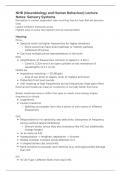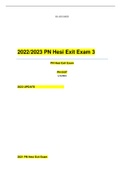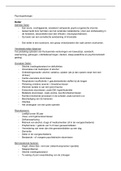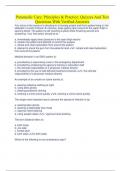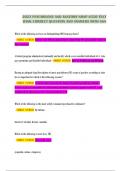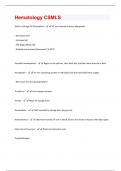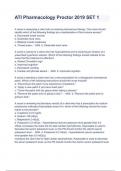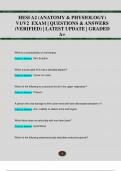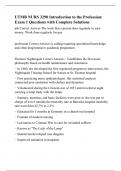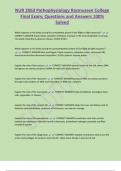Lecture notes
NHB (Neurobiology and Human Behaviour) Sensory Systems (without vision and olfaction/taste)
- Module
- Medicine (A100)
- Institution
- Cambridge University (CAM)
University of Cambridge (Medicine 1st class): Summary of key points of NHB (Neurobiology and Human Behaviour) Sensory system lectures (without vision and olfaction/tastes) for 2nd year.
[Show more]
